A Human Resources Procedure is not specified as a clause or requirement in ISO 9001, however it is an important business function and should not be overlooked. It can be applied to clauses 5.3 Roles, Resposibilities & Authorities, 7.1.2 People, 7.2 Competence and 7.3 Awareness.
Contents
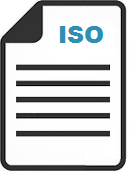
This is up to you, it is not a requirement of ISO 9001.
If you are a large company and human resouces (HR) are crucial to your operation - then Yes, you should consider documenting your human resources procedures and processes.
Our Human Resources & Competence Procedure is proven to work.
We recommend you document:
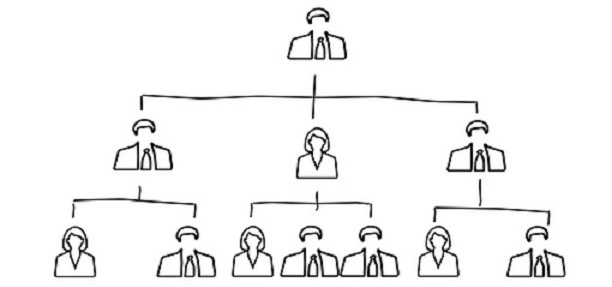
Our Human Resources & Competence Procedure is proven to work.

Your company is committed to understanding the resource needs and for ensuring appropriate levels of qualified and competent staff in order to provide the effective implementation and control of the QMS, to meet customer needs and to ensure a high level of customer satisfaction.
The Human Resources Manager reviews the requirements and identifies human resource needs when objectives are reviewed or as the need arises (e.g. to cover maternity leave, leavers etc.).
The Human Resources Manager defines the competencies required for each position and draws up a job description as appropriate.
Line Managers and Supervisors with the authority to appoint workers ensure that new employees hold the required and current qualifications, certificates and licences for the position to which they are appointed.
Employees are responsible for ensuring details of relevant qualifications, certificates or licences appear, are correct and are maintained.
To ensure that the best recruit is selected to meet the job requirements, all permanent and contract employees are selected on the basis of their skills, experience and competence.

All new personnel including temporary staff should receive induction training; the training will be conducted by the Human Resources Department and will be completed in the first month of employment.
Training is given to improve and ensure that all personnel are suitably aware and trained in all aspects of their duties, responsibilities and job functions, as well as, your organization’s quality management system and the requirements of ISO 9001:2015.
Top management provide guidance on company strategy and objectives on an annual basis to all managers who consider the implications on their department and plan training needs accordingly, in line with the requirements of the company business plan. Your organization summarizes major training initiatives and activities planned for a given budget year.
The Line Manager or Supervisor is to develop, implement and monitor a training plan for the workers in their teams, based on the outcome of the Training Needs Analysis (TNA). Training plans are reviewed regularly to ensure that they are up to date and meet current demands.
The organization chart is used to show the overall hierarchy of the business and the roles, responsibilities and authorities, including job titles and lines of reporting that operate within the quality management system.
The organization chart includes the roles and responsibilities that are required to comply with quality management system requirements to ensure they are integrated within our business processes.
For each job title identified, your organization develops a job description to provide a narrative of what the role entails and to identify all associated tasks. Top management are responsible for assigning relevant roles and responsibilities (e.g. the tasks allocated to each role) and the authorities (e.g. permissions and interfaces allocated within each role).
Our Human Resources & Competence Procedure is proven to work.

Training needs are identified through the Annual Appraisal Review process.
The Human Resources Manager and the Line Managers and Supervisors are responsible for sourcing suitable training from an approved provider and for pre-course arrangements and administration. The training is provided as per the plan, whilst training effectiveness is discussed and reviewed during the appraisal process.
Appraisal reviews establish the need for additional training or other actions to enhance personnel competency levels. Annual appraisal reviews are undertaken by the Line Manager or Supervisor and the employee.
Competence and skills are subject to technological development; therefore, the Quality Manager presents training, competence and awareness data and trends for management review. Top management reviews customer requirements to identify any new training requirements, e.g. training for new equipment, tools or processes.
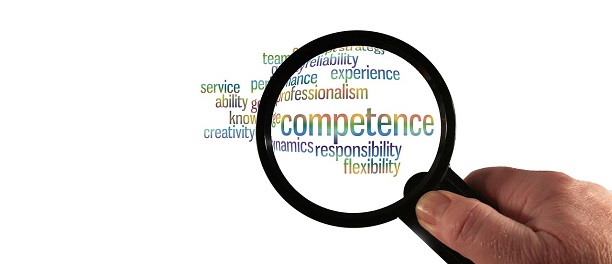
Each new employee receives ‘New Employee Orientation’.
Training is most effective when conducted before employees are assigned to a job or task and when changes in job assignment or tasks occur. Where a risk assessment identifies that training is required as part of the risk mitigation, training is provided before the process or activity begins.
The capability of an employee to meet the requirements of the job description and perform the tasks for which the employee was originally selected are deemed competent. Anyone deemed as being not yet competent to undertake their tasks safely must have an appropriate level of supervision.
On initial start with your organization, permanent employees are assessed by their Departmental Manager or Line Manager after the induction programme has been completed and the employee is assigned a work area, their skill levels are determined and recorded on the Departmental Competency Matrices.
On initial start with your organization the Departmental Manager or Line Manager will establish skills levels after the induction programme has been completed and the Temporary Employee is assigned a work area. Temporary production personnel that affect product quality (conformity) are provided with immediate training on the essential safety, quality and health issues by their Line Manager. This is documented in the temporary employee’s training file.
Line Managers and Supervisors who engage contractors are responsible for providing a local area induction and ensuring that the contractors are provided with information about potential known hazards of the environment in which they work. Records of contractor’s competency or licenses, their induction retained.
Employees who are hosting visitors must inform those visitors about emergency procedures. Event organizers must make information about safety available to anyone attending events on your organization’s premises. This covers emergency procedures and any other hazard-related information specific to that event. Provision of the information can be achieved by a number of methods.
Our Human Resources & Competence Procedure is proven to work.

All employees receive training as identified by an initial training needs assessment. The training requirements of employees are assessed against wider organizational policies and objectives. Job descriptions and work instructions establish the essential job functions, required skills and knowledge, and determine the necessary competencies required for a position.
Line Managers and Supervisors are responsible for completing a gap analysis (i.e. review of competence required versus competence held for the role) and producing and monitoring a training plan that satisfies any identified gaps. Training needs are also identified and documented through the appraisal process.
Where special processes are identified, specific training to control these processes is provided.
Additional specialist training for particular workers is identified through the training needs analysis with input from risk assessments and work instructions, and may include hazard-specific training (e.g. hazardous chemicals, electrical safety, manual handling, confined spaces, etc.), prescribed training for licensing requirements (e.g. ionizing radiation, diving, forklift) or health and safety responsibilities training (e.g. first aiders, or emergency control personnel).
Staff with specific roles such as First Aiders and Fire Wardens must attend nominated training for that specific role.
On-the-job training is provided by a more experienced employee or by an external trainer, skilled in the requirements of that particular activity as indicated by their training record. The responsible person, together with the employee, ensures that the required level is achieved after undergoing training.
The extent of the OJT provided is determined by the complexity of the process, the extent of information in the work instructions and techniques such as error-proofing.
Where special processes are identified, specific training to control these processes is provided. Training records are updated when a competence is attained.
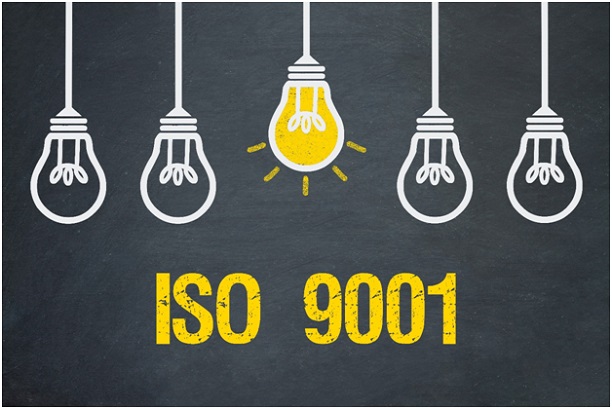
All new employees must commence induction training during their first week of work at their normal place of work. The initial induction brief will be provided by the Quality Manager.
The content of awareness training may include items covered in induction training, specific training, toolbox talks or any other health and safety issues that affect a number of employees in the workplace.
General company induction training is undertaken in accordance with role and task demands to ensure all employees are sufficiently familiarized with the basics of their position and workplace environment.
All new recruits (workers, contractors and temporary staff) receive induction briefings and periodic awareness training appropriate to the duration of their responsibilities.
Your organization analyses and evaluates appropriate data and information arising from the monitoring and measurement of the human resources and competence process.
This may include the deployment and use of statistical tools, as appropriate. Actions to improve customer satisfaction take precedence as our organization considers trends and drives towards improvement.
Our Human Resources & Competence Procedure is proven to work.
Training records are maintained as evidence of training delivery and assessment of competence.
Updated: 24th May 2021
Author: Richard Keen

Richard is our Compliance Director, responsible for content & product development.
But most importantly he is ISO's biggest fanboy and a true evangelist of the standards.
Learn more about Richard
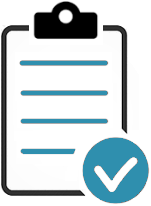
Don’t Try to Manage It All Alone!
Our ISO Auditors and Quality Manager Trainers have been in this industry for years, and since 2002 we’ve been providing thousands of small businesses and large corporations with the tools they need to get certified.
Instead of trying to create everything you need to follow this process from scratch, use ours. We have procedures, templates, checklists, process maps, forms and gap analysis tools to help you control your documented information without missing a single input or output.
Before you invest all the hours reinventing the wheel, before you spend countless dollars outsourcing the task — try our templates.
| QMS ISO 9001 |
EMS ISO 14001 |
OH&S ISO 45001 |
|
|
Human Resources & Competence Procedure The purpose of this procedure is to define your organization’s process for employing and empowering human resources by identifying and roles, responsibilities and authorities, identifying training needs, providing opportunities for attaining competencies, assessing the effectiveness of training, and for planning, reporting and retaining associated training files and records. 15-pages, MS Word. Forms & Reports also included:
>> Free Download - Control of Calibrated Equipment Procedure - this will give you a good idea of what to expect when you purchase the procedure. |
$19 USD
|
|
|
Pay by Credit Card, Debit Card, PayPal or Apple Pay.


|
Please read our Money Back Guarantee. |
Bought by Small Businesses and Large Corporations our templates have been sold online and CD since 2002.
Used by:
The Templates are used by first-timers following our step-by-step, clause-by-clause guidance documents; and experienced Quality Managers wishing to streamline and improve their existing documentation.
The application of our templates is scalable and generic; regardless of the size and type of organization. The elements that form the quality management system are the same.
1. Our customizable templates save you time and money by offering a streamlined process to create your quality documentation
2. They’ve got everything you need in one simple template
3. Proven to work our templates have helped thousands of businesses big and small achieve certification
4. Documents use styles to make reformatting and rebranding a breeze
5. Our templates are generalizable for any industry or sector. The application of our templates is scalable and generic; regardless of the size and type of organization.